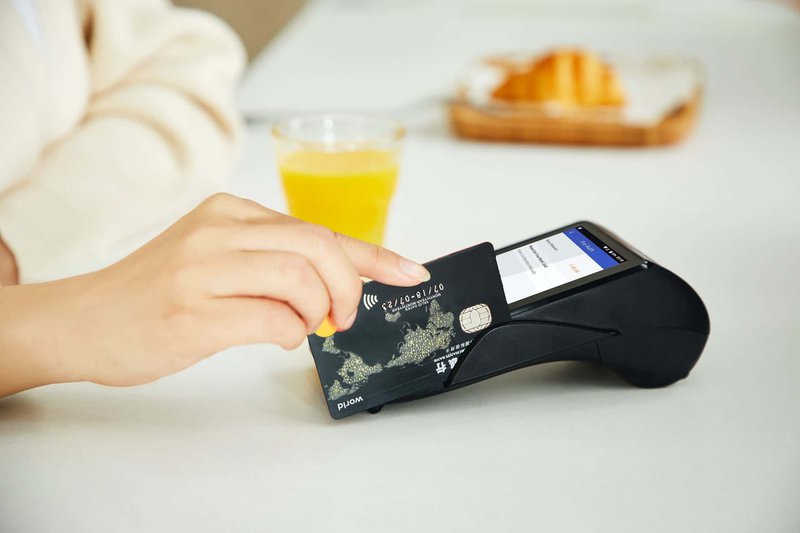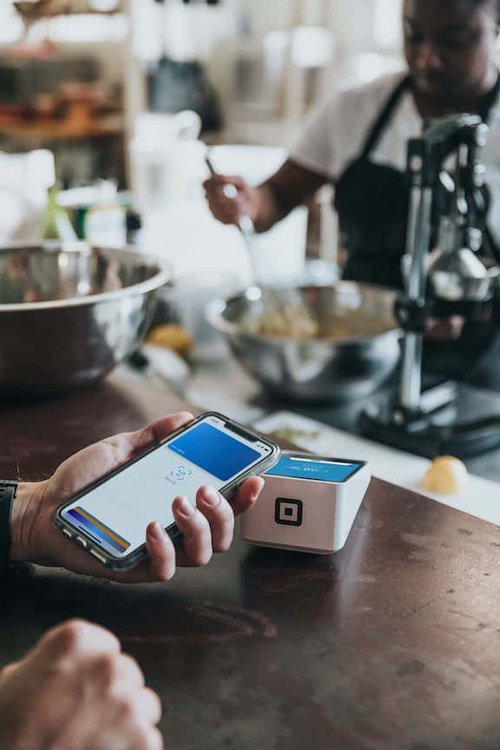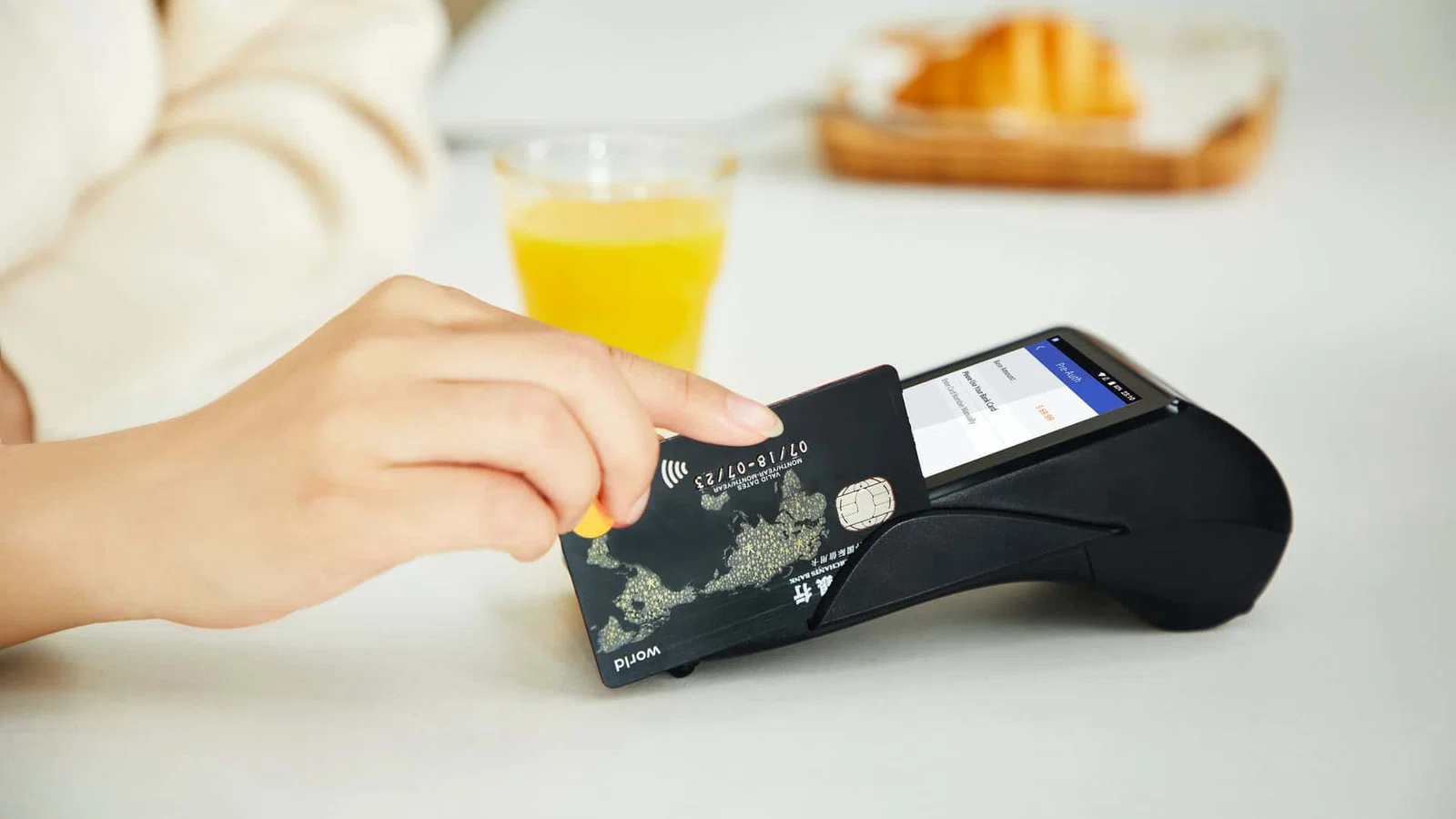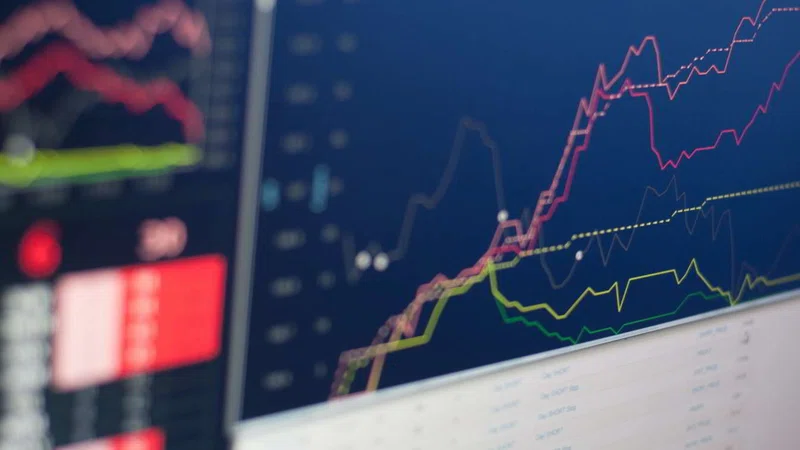Introduction
The way businesses and consumers pay each other has evolved in recent years. Not long ago, we used to send mail a check once products and services were delivered, then echecks came which enabled people to receive payments within 2 to 4 days. Similarly, credit cards revolutionized payments by offering a way to manage cash flow and cover emergency expenses for businesses and consumers.
In recent years, several other payment innovations such as contactless payments and digital wallets have further made it easier for everyone to instantly and securely transfer funds. The covid-19 pandemic has accelerated the adoption of these payment technologies by businesses and customers alike.

#1: Contactless Payments
The use of contactless payments (also known as contact-free or frictionless payments) is becoming a common trend. Mobile wallets have been the driver of this change, providing safe payment transactions during the covid lockdown. QR codes, smartphone-enabled RFID, and NFC payments over a card reader have facilitated emerging technologies like voice-activated payments.
The wide variety of use cases offered by contactless payments will continue to find more traction and consumer acceptance in 2021 and beyond. Around the world, customers are choosing to work with businesses that offer contact-free payments. According to The Visa Back to the Business study, 63% of customers would switch to a new store that installed contactless payments.
Businesses around the world are digitizing payments and invoicing in pursuit of customer satisfaction and better processes. The National Retail Federation survey found that 67% of US retailers now accept some form of no-touch payment.
The use of contact-free payments was accelerated by the safety concerns of consumers during the pandemic. Going forward the need for simplicity and convenience will be responsible for the increased adoption of frictionless payments. B2B and B2C businesses offering contactless payments will also be better positioned to stay on top of customers’ emerging shopping trends such as cross-channel and omnichannel shopping experiences.
#2: Real-time Payments
Real-time payments (also known as instant payments or immediate payments) are electronic payments that are available 24x7x365. They are one of the most notable financial innovations of the last decade. In recent years, several factors have contributed to the gaining popularity of real-time payments. These include an increase in touchless payments during the pandemic, and big tech companies like Apple and Google using real-time payments to offer innovative financial products to their existing customers.
The real-time payment system offers the benefits of immediacy, accuracy, and security for consumers. Its system follows CFPB (Consumer Financial Protection Bureau) rules to deliver a faster payment process to the consumers, and powers services like bill payment, remittance data availability, e-invoicing, and claim settlement to offer enhanced visibility into payments. This enables B2B and B2C businesses to better handle daily operations better such as improving cash management.
With real-time payment, consumers get a real-time time notification for every transaction such as notification for confirmation messages, requests for payments, and payment invoices. Speed, simplicity, and transparency of real-time payments are the reasons for its increasing popularity among consumers. According to the 2018 Global Payments Insight Survey, 92% of merchants with revenues of at least $5 billion expect to see improvement in customer service due to real-time payments.
In 2021 and beyond, businesses can expect to see more customers choosing instant mobile payment solutions for a seamless purchase experience.
#3: Digital Wallets
Digital wallets became the go-to option for making contactless payments for many consumers due to the covid pandemic. In 2020, 46% of consumers used their digital wallets, up from 18.9% in 2018.
Most smartphones offer Google Pay, Apple Pay, and other eWallets options which let you pay within the app, your website, or an in-store NFC. PayPal and SamsungPay also allow consumers to use funds stored in their open digital wallets for online transactions.
It is easy to understand the reasons behind the popularity of eWallets – immediacy and convenience – features we see in common with other popular trends. This rise in the use of digital wallets is especially visible in cash-based countries like Mexico, Malaysia, and Malaysia. 2020 was the first year digital wallet payments surpassed in-store payment in these countries and this trend is expected to continue over the next 5 years.

#4: Embedded Fintech
Embedded tech is the integration of financial services into non-financial business services, websites, and mobile applications. According to Google Pay’s Steve Klebe, “When a consumer makes a purchase, they no longer expect the payment to be a separate action, but rather deeply embedded in the experience.”
For example, when a person uses a ridesharing app to commute, they simply have to use their smartphone to book a ride and set the pick-up and drop-off location. The driver comes and picks up the customer and drops them at their destination. The consumer doesn’t have to make payments with cash or a card. The transaction was performed by integrated software and payment systems, making the consumers’ journey a seamless purchase experience.
The global embedded finance market is expected to be worth over $7.2 trillion by 2030. The growth in embedded fintech adoption will change how people do business and manage credit, payments, investments, and insurance.
The number of non-financial companies leveraging financial services to deliver new offerings and better customer experience is responsible for the upward trend in embedded fintech usage. Businesses failing to anticipate and incorporate this shift into their business risk being replaced by innovators.
#5: Biometric authentication
Biometric authentication systems verify a person’s identity by measuring the physical characteristics of a person’s fingerprints, face, retina, or other features. Biometric payments are fast, contactless, and secure. They offer an efficient alternative to traditional verification methods like passwords and PINs,
With the increasing innovations in digital payments, security has naturally taken a front seat. Authentication signals like facial, fingerprint, and heartbeat recognition will enable 2.5 million new biometric cards in 2021. Digital wallets on newer smartphones support fingerprint and/or FaceID verification for payment authentication through apps such as Android Pay, Apple Pay, and paper ID.
A 2018 study found that more than half of consumers would be willing to use biometric payment cards. As customers become used to identifying themselves with biometric data, we can expect facial, finger, and other methods to become normal for online and in-store purchases.
Businesses and consumers have a variety of options to send and receive payments and these payment methods are increasing with the evolution of technology. Innovations will eventually phase out older payment methods in favor of faster, more secure, and more efficient transaction methods like real-time payments, digital wallets, and contactless payments.












